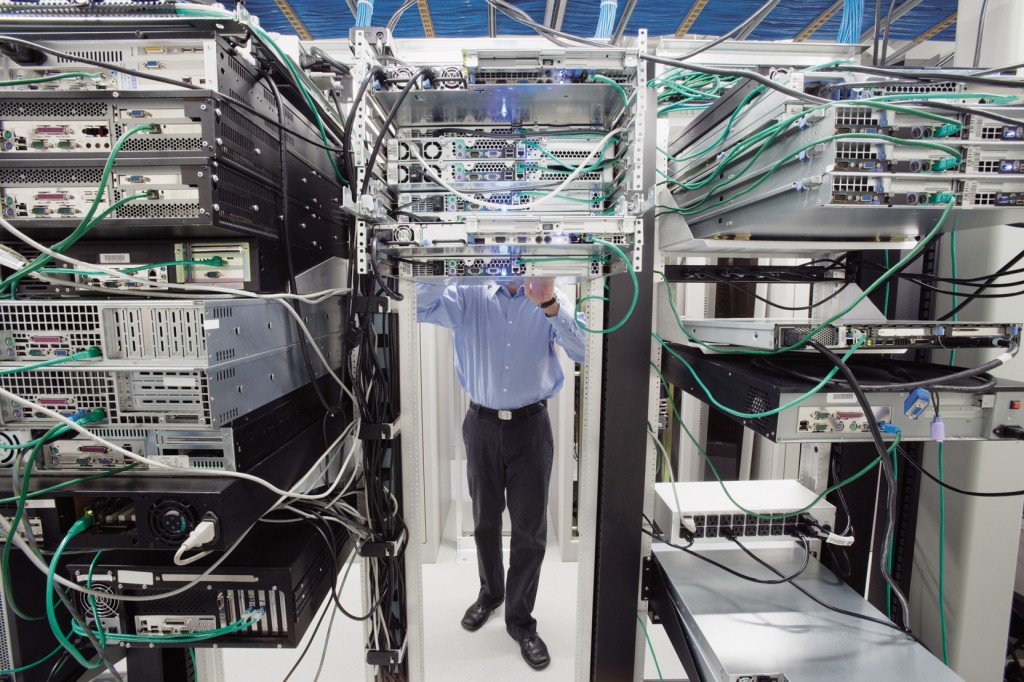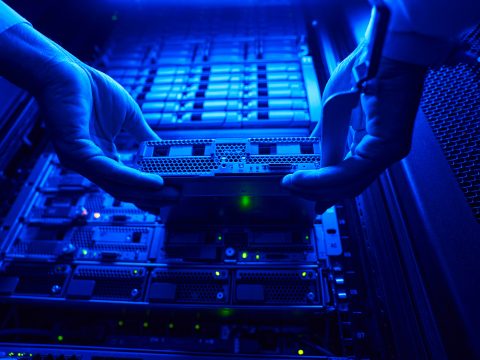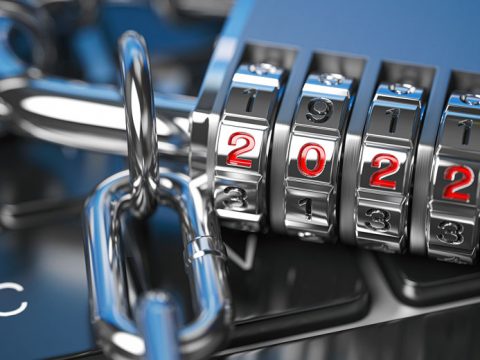Microsoft Previews Windows Server 2019
June 13, 2018Software Defined Data Center Overview – Part 2
June 21, 2018
Companies are increasingly getting benefits from using cloud platforms that promote collaboration, innovation, and productivity. The advantages of transitioning to the cloud are considerable, potentially decreasing the cost of operations, providing greater accessibility, and reducing maintenance.
Technological progress has allowed innovative developers to invent a diverse collection of cloud products. One example is the software-defined data center (SDDC). A SDDC and a conventional data center have similarities. However, they also have significant differences. Enterprises that are thinking of acquiring its first data storage system should be aware of both factors.
Data Center and Comparison
A data center is an organization’s central facility for its IT equipment and operations. There are data centers purposed for an individual company, and there are others that serve several companies. Data center operators focus on protecting data and maintaining servers. Their goals are ensuring business continuity and achieving 100% uptime.
Similar to SaaS (Software as a Service), a software-defined data center acts as a platform to centralize a company’s IT and data operations. Just like a traditional data center, a SDDC is expected to secure data and run very reliably. However, their similarities stop there. In contrast to a typical data center, a software-defined data center is not a physical facility. It is composed of virtualized servers functioning in the cloud.
Making the transition to a SDCC will result in several benefits. A study projects 3 out of 4 features provided by a software-defined data center will be crucial to organizations seeking to enter the DevOps field.
How SDDC Functions
Through a virtualized environment, a SDDC offers a programmatic method that provides the following functions of a conventional data center:
- Computing
- Networking
- Data Storage
- Security
Available Servers
Utilizing automation, a SDCC ensures business critical functions remain operational 24/7, decreasing the requirement for hardware and IT personnel. Each function is provided by a software platform that can be accessed online from any location.




